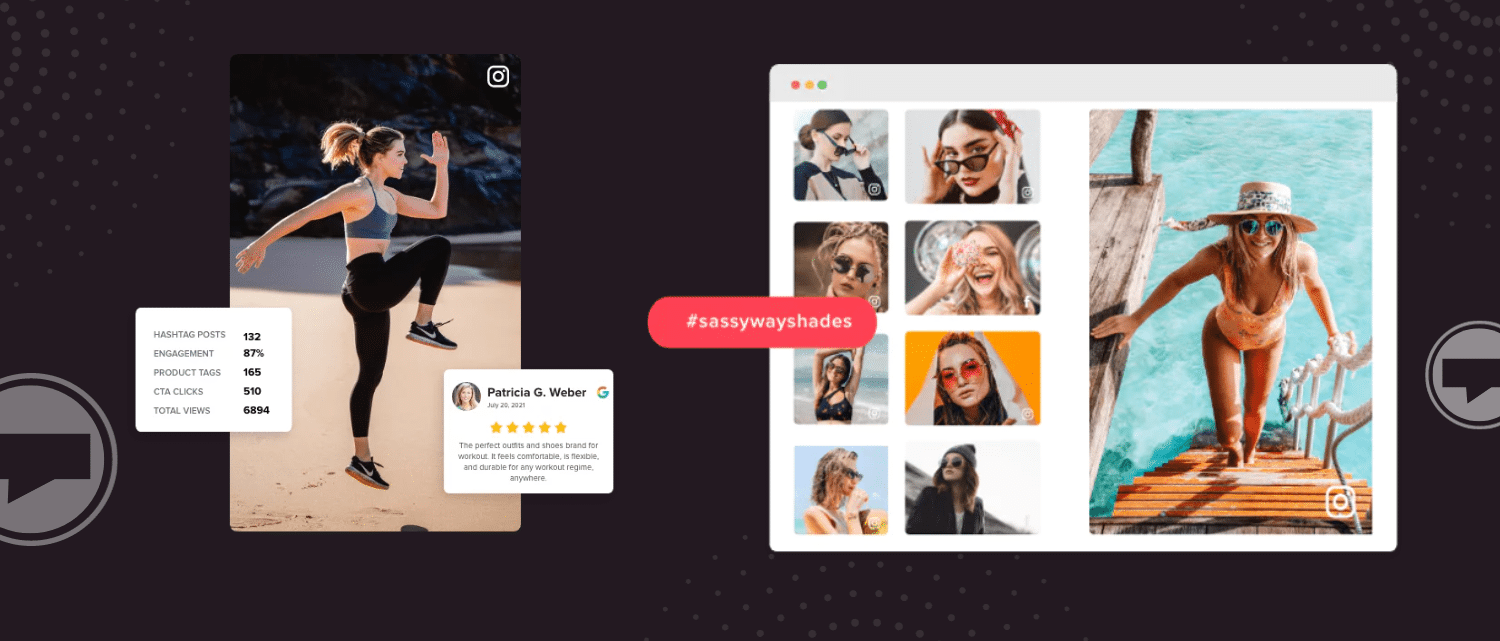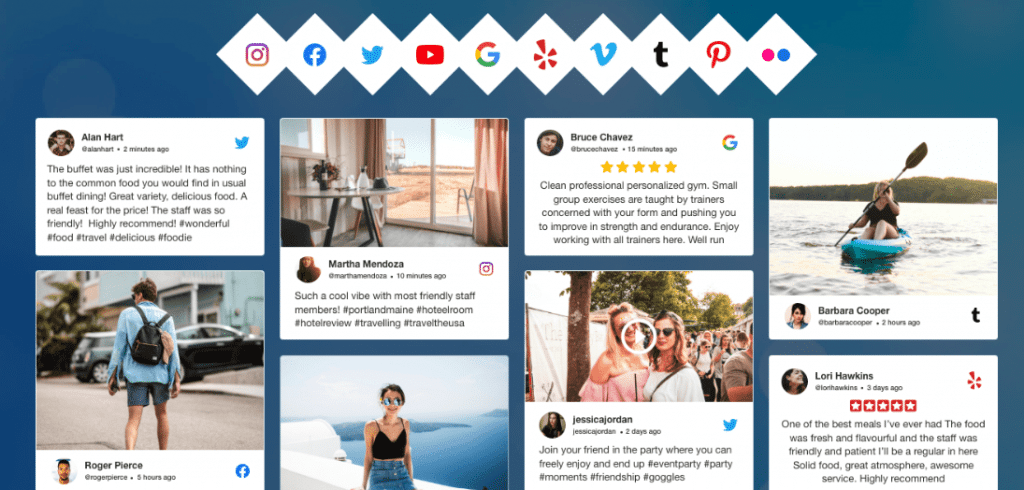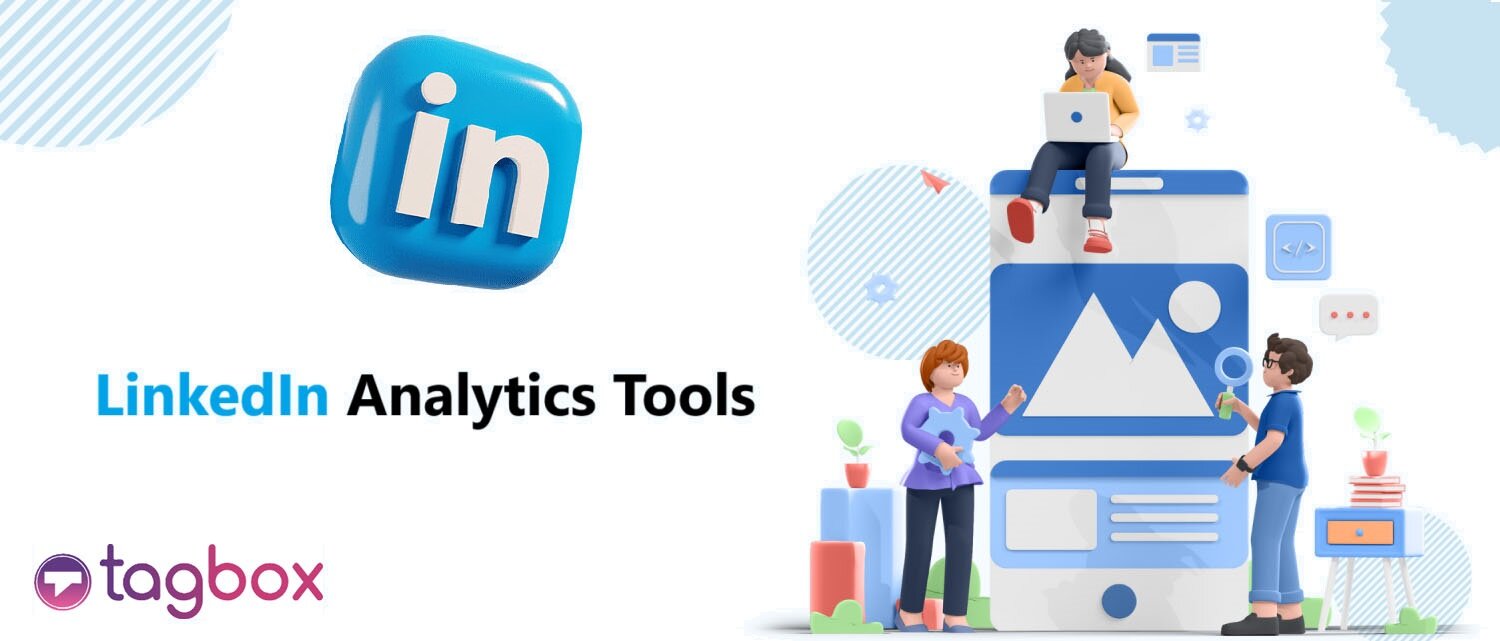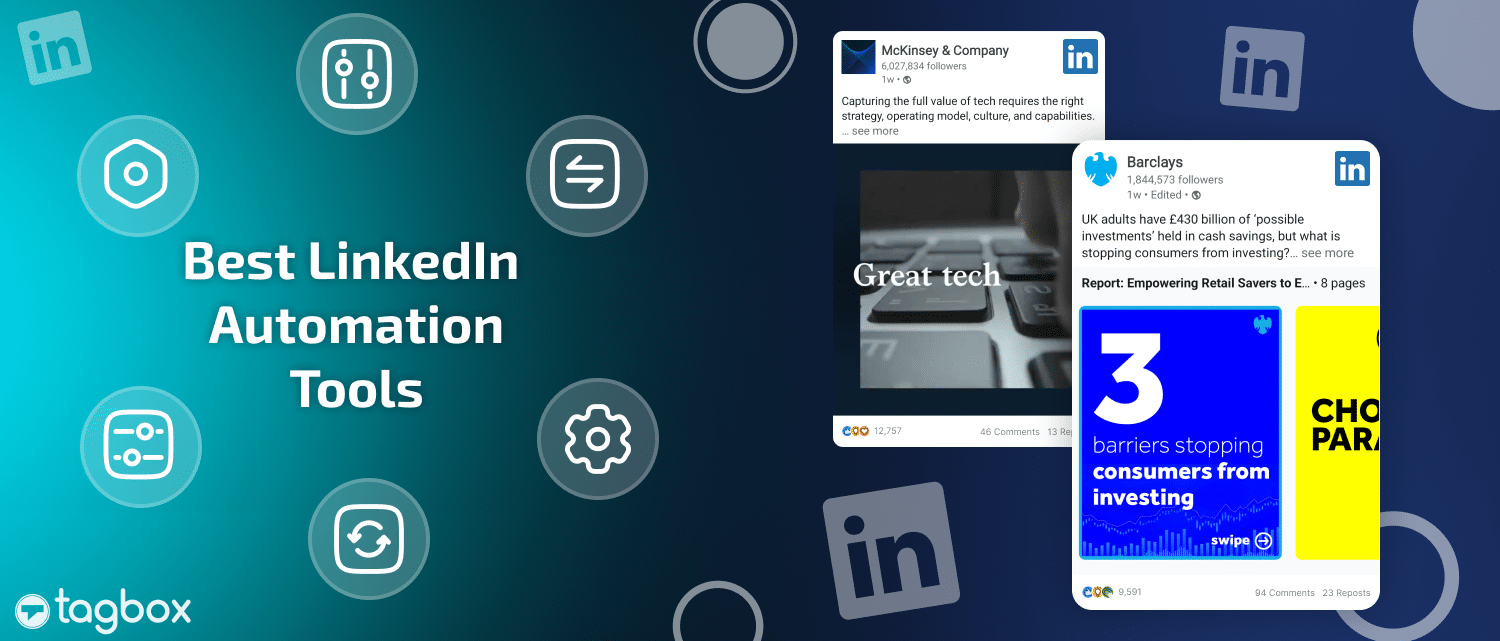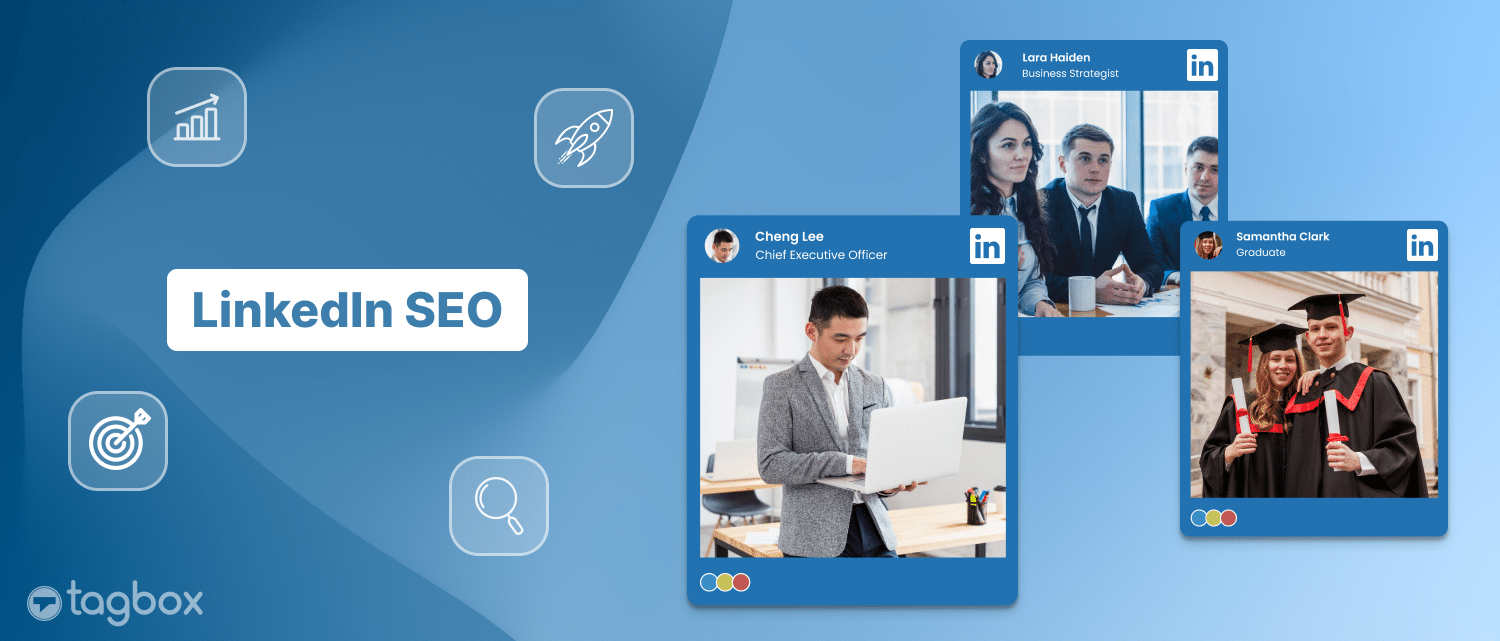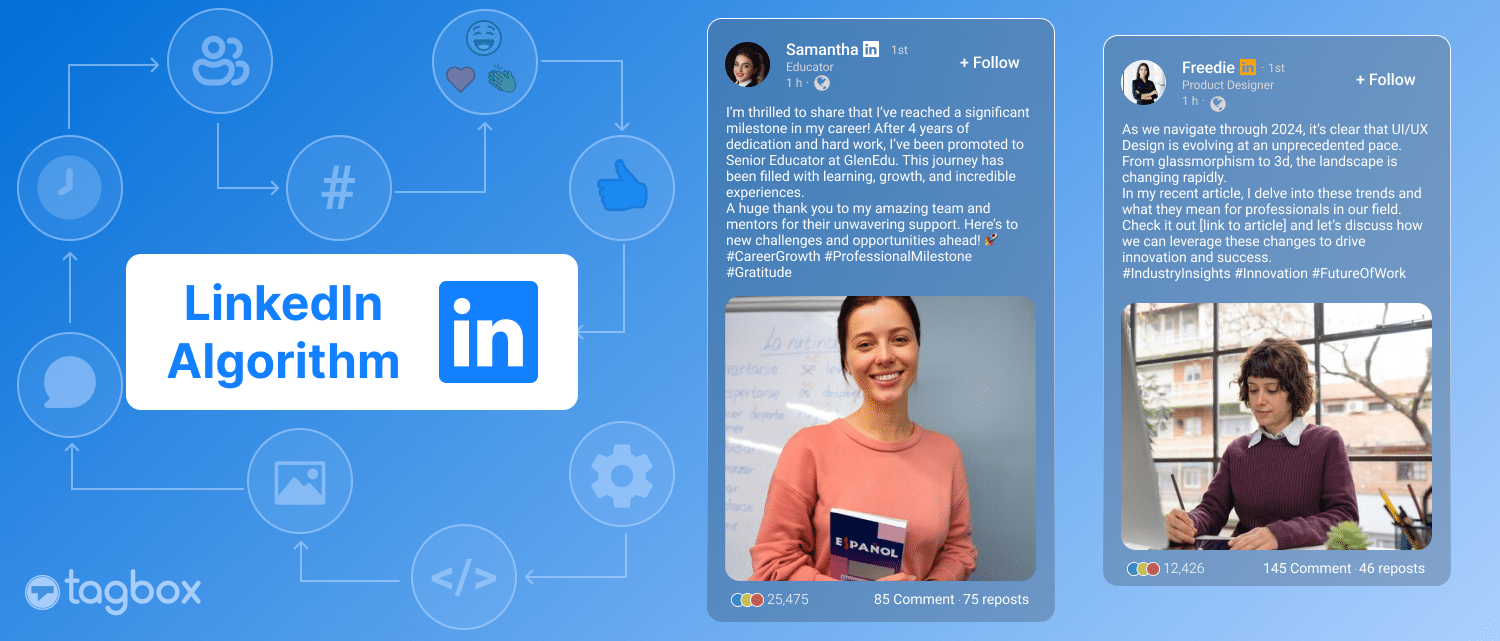All You Need To Know About Consumer-Generated Marketing!
When you’re on TikTok, and you see an ad for coffee from a brand you’ve never heard of, one just talks about the taste and price, while the other shows real people trying the coffee and sharing their thoughts. Which one do you think is more likely to make people want to buy?
It’s definitely the second one because it not only gets our attention but also makes us trust the brand, even if we didn’t know it before. This is what we mean by customer-generated marketing – it’s utilizing content made by the brand’s customers for marketing!
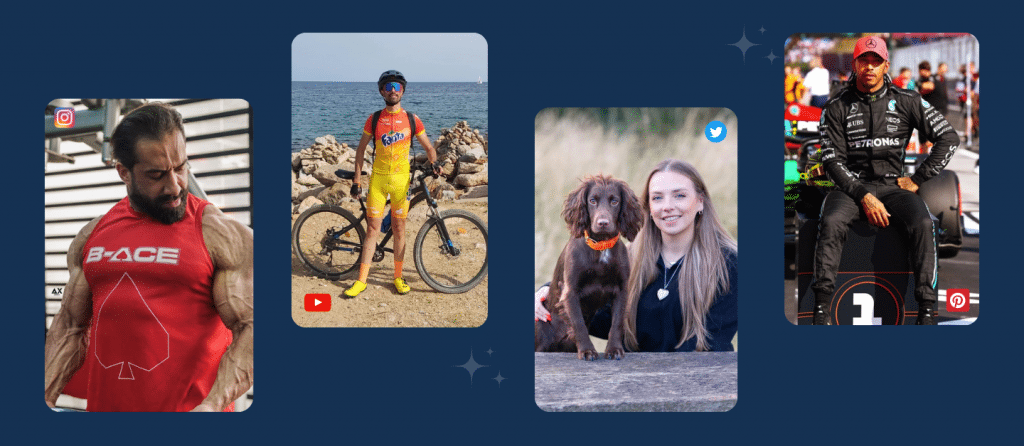
Now if you are wondering whether or not it is a good idea for your brand to start focusing on customer-generated marketing, let me show you something.
According to a study by Search Logistics, Over 90% of consumers say that authenticity impacts their decision significantly when choosing which brands they like and support.
What is Consumer-Generated Marketing?
Consumer-generated marketing (CGM) is a marketing strategy that involves leveraging the content, creativity, and influence of consumers or users to promote a brand, product, or service.

In CGM, brands share content created by their consumers. This type of consumer-generated content (CGC), can be obtained through social media, reviews, testimonials, or other social platforms.
Brands encourage and facilitate this CGC to build trust, engage their audience, and extend their reach. CGM recognizes the power of authentic content generated by real customers and leverages it as a valuable marketing asset.
Schedule a Demo Now!

A Look into Consumer-Generated Content(CGC):
- Authenticity: CGC is characterized by its authenticity. It reflects the genuine experiences, opinions, and perspectives of actual customers or users. It is often perceived as more trustworthy and reliable compared to content created by the brand itself.
- Diverse Formats: CGC can take various forms, including product reviews, ratings, comments, social media posts, videos, blog posts, and user-generated hashtags. It is not limited to a specific medium, making it a versatile source of content.
- Voluntary Creation: Consumers voluntarily create CGC based on their experiences and interests. They are not paid or directly incentivized by the brand to generate this content, although some brands may run contests or campaigns to encourage it.
- Engagement and Community Building: CGC often fosters engagement and a sense of community among consumers. People connect with others who share similar experiences or interests, creating a sense of community.
How Consumer-Generated Marketing Differs from Brand-Generated Marketing:
| Aspect | Consumer-Generated Marketing (CGM) | Brand Generated Marketing(BGM) |
| Content Source | Independent consumers or users | Brand or its marketing team |
| Authenticity | Perceived as more authentic | May be seen as promotional |
| Credibility and Trust | Builds credibility through peer recommendations | Varies in trust perception |
| Cost | Typically created at no cost to the brand | Requires a marketing budget |
| Purpose | Created by consumers for various reasons | Crafted with specific marketing objectives |
| Control | Limited brand control over content | Full control by the brand |
| Content Variety | Diverse content types (e.g., social media posts, reviews, images, videos) | Content is controlled and may be limited |
Advanced Strategies of Consumer-Generated Marketing
1. UGC Curation and Amplification: Instead of merely relying on sporadic user-generated content, actively curate and organize UGC on your website or social media platforms.
Showcase the best customer reviews, testimonials, images, and videos. Use these curated UGC pieces in your marketing campaigns to build trust and credibility.
2. UGC Contests and Challenges: Run UGC contests or challenges that encourage customers to create content related to your brand or products. Provide incentives such as prizes, discounts, or recognition for the best entries.
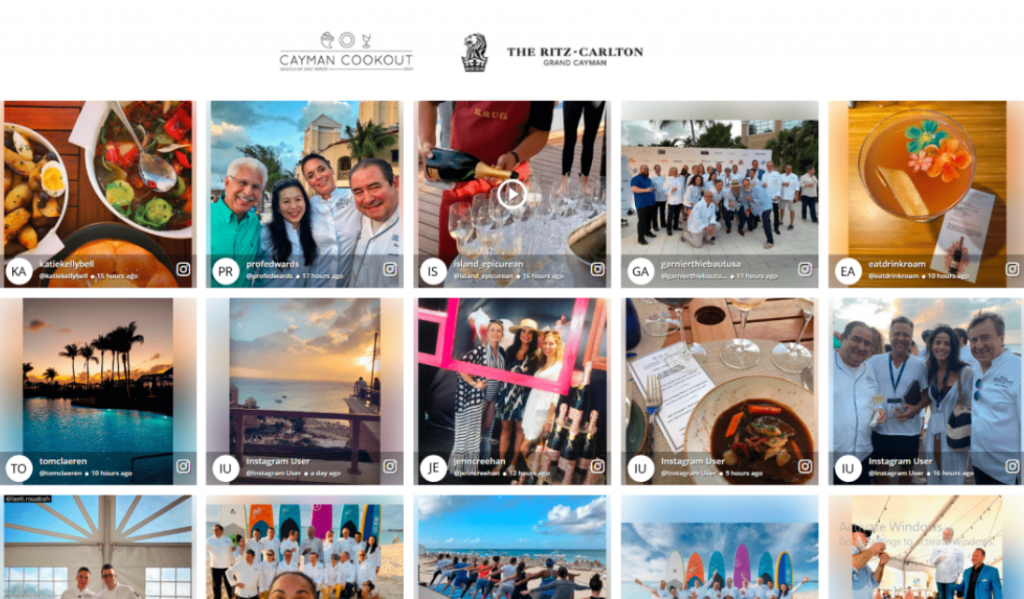
These campaigns can generate a significant amount of authentic content and engage your community.
3. Collaborative Content Creation: Collaborate with your customers to create content together. This could involve co-designing products, soliciting input for new features, or involving them in the creative process.
Such collaborations not only produce unique content but also foster a sense of ownership among your customers.
4. User-Generated Product Development: Take UGC to the next level by involving your customers in the development of new products or features.
Gather feedback, ideas, and preferences from your community and use this information to create products that resonate with your target audience.
5. Influencer Partnerships: Partner with influencers who are also your customers or brand advocates.
These influencers can authentically promote your products and generate content that resonates with their followers, leveraging their existing trust and influence.
6. AI and Personalization: Use artificial intelligence to analyze UGC data and personalize recommendations and content for individual customers.
This can enhance the user experience by showing customers UGC that is most relevant to their interests and preferences.
7. User-Generated Video Content: Video content is incredibly engaging. Encourage customers to create video testimonials, reviews, or tutorials about your products.

Share these videos on your website and social media channels to connect with a broader audience.
8. Monitoring and Moderation: Implement advanced tools and systems to monitor and moderate UGC.
Ensure that inappropriate or harmful content is promptly removed while maintaining a positive and authentic UGC environment.
9. Analytics and Insights: Utilize advanced analytics to gain deeper insights into the impact of UGC on your business.
Measure the ROI of UGC campaigns, track customer sentiment, and identify trends and patterns in user-generated content.
10. Legal and Compliance: As UGC can involve legal and privacy considerations, implement advanced processes to ensure that you have the necessary rights and permissions to use customer-generated content.
11. Feedback Loops: Establish feedback loops with your customers who contribute to UGC. Acknowledge their contributions and use their feedback to improve your products and services continually.
An advanced user-generated marketing strategy combines creativity, technology, and strategic thinking to create a symbiotic relationship between your brand and its customers, resulting in authentic, compelling content that drives engagement, trust, and loyalty.
This is not it; there is a lot more that it has to offer.
Schedule a Demo Now!

Impact of Consumer-Generated Marketing:
Enhanced Authenticity and Trust:
- Authenticity: Consumer-generated content (CGC) is often seen as more authentic because it reflects customers’ real experiences and opinions. This authenticity resonates with other potential consumers, helping to build trust in the brand.
- Peer Recommendations: When people see content generated by their peers, they are more likely to trust and relate to it. This peer-to-peer trust can be a powerful tool in influencing purchasing decisions.
- Transparency: Embracing CGM demonstrates transparency and openness, which can further enhance a brand’s credibility and trustworthiness.
2. Increased Engagement and Reach:
- Social Sharing: CGC is highly shareable on social media platforms. When consumers create content related to a brand and share it with their networks, it can lead to organic and viral reach. Friends and family are more likely to engage with content shared by someone they know.
- Community Building: CGC can foster a sense of community among customers who share a common interest or passion for a brand. This community engagement can lead to increased loyalty and word-of-mouth promotion.
- Extended Reach: As CGC spreads across various platforms and networks, it can reach a wider and more diverse audience than traditional marketing efforts alone.
3. Cost-Effective Marketing:
- User-Generated Content Costs: In many cases, the creation of CGC is done by consumers voluntarily and at no cost to the brand. This significantly reduces the expense associated with content creation.
- Amplified ROI: When consumers create content that promotes the brand, the return on investment (ROI) can be substantial. The reach and impact of CGC can surpass that of paid advertising.
- Word-of-Mouth Advertising: CGM essentially leverages word-of-mouth advertising, which has been shown to be one of the most effective and cost-efficient forms of marketing.
4. Improved SEO:
- Fresh and Diverse Content: CGC continually generates fresh and diverse content related to the brand. Search engines value this type of content because it provides more opportunities for relevant keywords and phrases to be included.
- User-Generated Reviews: User reviews and ratings contribute to SEO by providing unique content that can improve the visibility of a brand or product in search engine results pages.
- Social Signals: Social media shares and engagements related to CGC can boost your SEO efforts. It indicates brand authority and relevance.
Incorporating consumer-generated marketing into your overall strategy not only capitalizes on the authenticity and trust associated with user-generated content but also enhances engagement, extends your brand’s reach, and can even make a compelling case in your sales proposal by showcasing genuine customer feedback, reducing marketing costs, and positively affecting your online presence through improved SEO.
It’s a valuable approach for modern businesses looking to connect with their audience in a more genuine and cost-effective way.
Schedule a Demo Now!

Types of Consumer-Generated Marketing
1. Social Media Posts:
Social media posts refer to any content created and shared by consumers on social media platforms such as Facebook, Twitter, Instagram, and LinkedIn. This content can include text, images, videos, and links related to a brand, product, or service.

Brands often encourage customers to create UGC about their products or services. Users might share their experiences, showcase purchases, or engage in discussions related to the brand. Brands can then curate and leverage this user-generated content in their marketing efforts.
A customer posts a photo of themselves using a new skincare product on Instagram and tags the brand. The brand may then repost the image on its official Instagram account with credit to the user.
2. Positive Online Comments:
Positive online comments refer to favorable remarks and discussions made by consumers on various online platforms, including social media, forums, blogs, and review websites. These comments express satisfaction with a brand or its offerings.

Brands value positive online comments because they can influence other potential customers. Brands may highlight these comments on their websites or social media profiles to build trust and credibility.
A satisfied customer leaves a glowing review on a restaurant’s Facebook page, praising the food and service. The restaurant may feature this review prominently on its website and social media to showcase its positive reputation.
3. Positive Reviews:
Positive reviews are written or video testimonials by customers who share their positive experiences with a product or service. These reviews are typically found on platforms like Google Reviews, Yelp, Amazon, and dedicated review websites.
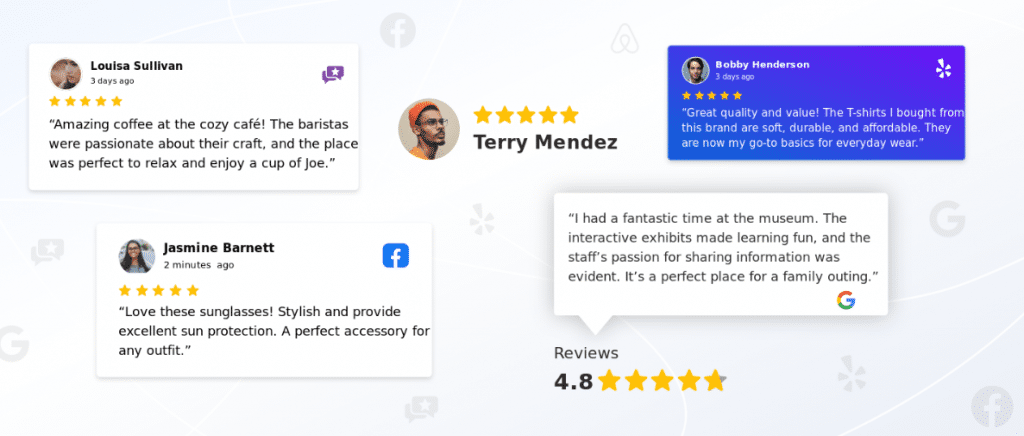
Positive reviews are a powerful form of social proof. Brands often encourage customers to leave reviews and use these testimonials in marketing materials, websites, and product descriptions to build trust and influence the decision-making process.
An online shopper leaves a five-star review for a product on an e-commerce site, describing its quality and performance. The e-commerce store may feature this review prominently on the product page to help potential buyers make confident choices.
4. Social Media Referrals:
Social media referrals occur when users recommend a brand or its products or services to their social media followers, friends, or connections. This can be direct recommendations, shares, or retweets of the brand’s content.
Brands aim to create engaging and shareable content to encourage social media referrals. Positive word-of-mouth referrals on social media can significantly amplify brand visibility and reach.
A person on Twitter shares a link to a blog post from a travel agency about a recent vacation package. They mention that they had an amazing experience and recommend their followers to check it out. This social media referral can drive traffic to the travel agency’s website.
These types of consumer-generated marketing are valuable because they harness the enthusiasm and genuine experiences of customers to promote a brand. When effectively utilized, they can enhance a brand’s reputation, increase trust among potential customers, and drive engagement and sales.
Schedule a Demo Now!

Your Take Away
Consumer-generated marketing (CGM) is a game-changer in modern marketing. They offer authenticity, trust, and cost-effectiveness. In today’s marketing era, authenticity and consumer engagement are paramount.
Engaging with customers, valuing their opinions, and using their voices in your marketing efforts can lead to stronger connections, loyalty, and success. In a world of choices, authenticity sets you apart and wins hearts.
